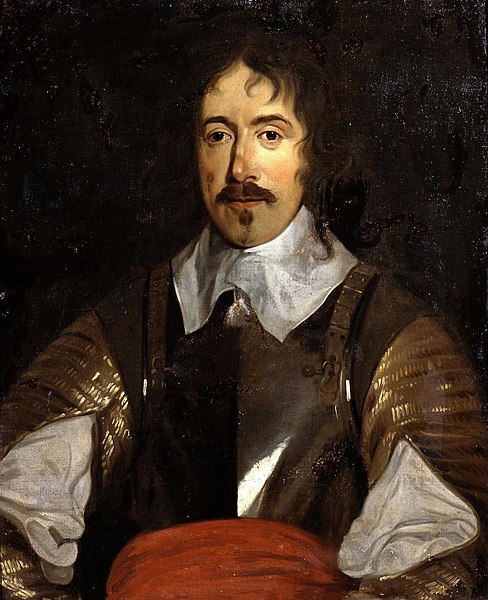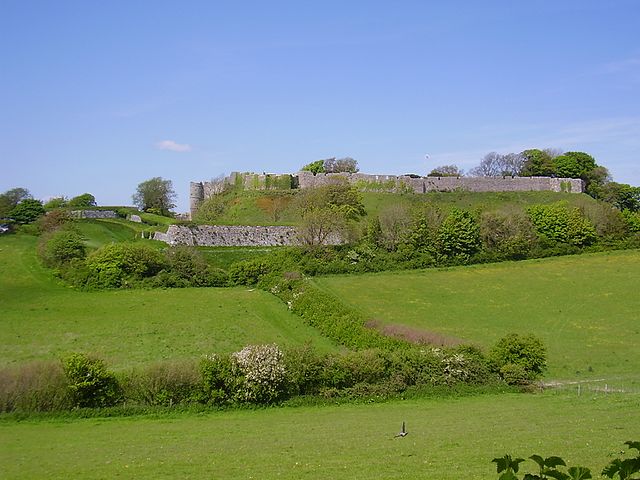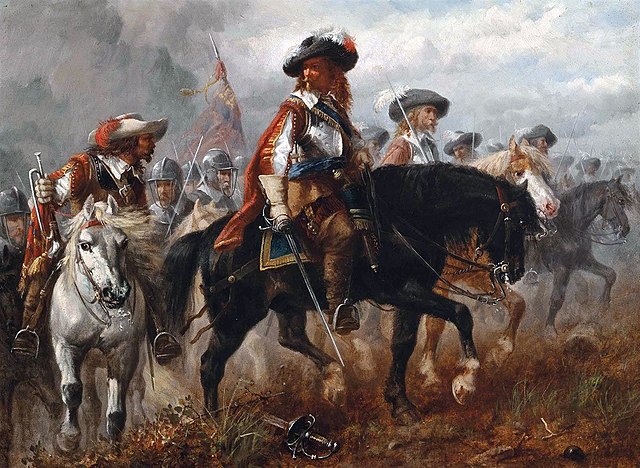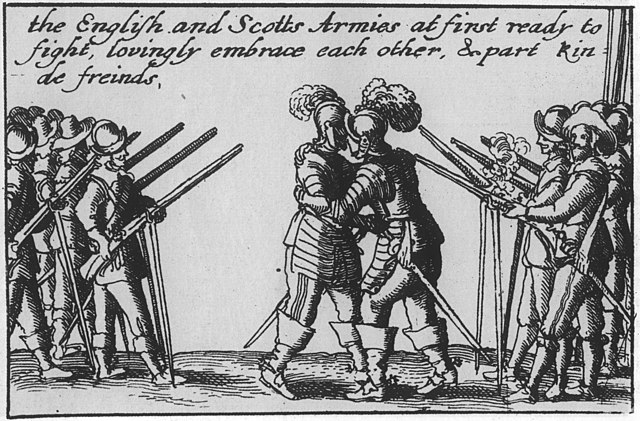The Second English Civil War took place between February and August 1648 in England and Wales. It forms part of the series of conflicts known collectively as the 1639–1653 Wars of the Three Kingdoms, which include the 1641–1653 Irish Confederate Wars, the 1639–1640 Bishops' Wars, and the 1649–1653 Cromwellian conquest of Ireland.
Charles I at his trial; defeat led to his execution in January 1649
Denzil Holles, a leader of the Presbyterian faction in Parliament
Carisbrooke Castle, on the Isle of Wight, where Charles was held in December 1648
Pontefract Castle in 1648, with civil war fortifications surrounding the old medieval ones.
Wars of the Three Kingdoms
The Wars of the Three Kingdoms, sometimes known as the British Civil Wars, were a series of intertwined conflicts fought between 1639 and 1653 in the kingdoms of England, Scotland and Ireland, then separate entities united in a personal union under Charles I. They include the 1639 to 1640 Bishops' Wars, the First and Second English Civil Wars, the Irish Confederate Wars, the Cromwellian conquest of Ireland and the Anglo-Scottish War of 1650–1652. They resulted in victory for the Parliamentarian army, the execution of Charles I, the abolition of monarchy, and founding of the Commonwealth of England, a unitary state which controlled the British Isles until the Stuart Restoration in 1660.
Monarch of the Three Kingdoms: Charles I in Three Positions by Anthony van Dyck, painted 1635–1636
The spark—riot in St Giles' Cathedral, Edinburgh, reputedly started by Jenny Geddes
King Charles I and Prince Rupert before the Battle of Naseby
The English and Scots armies lovingly embrace each other








